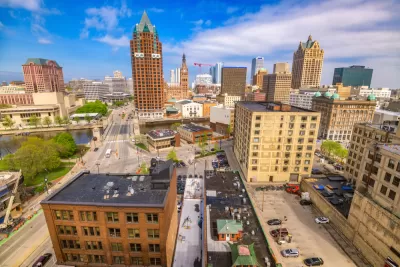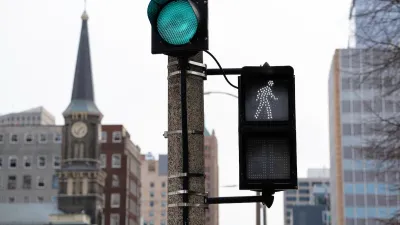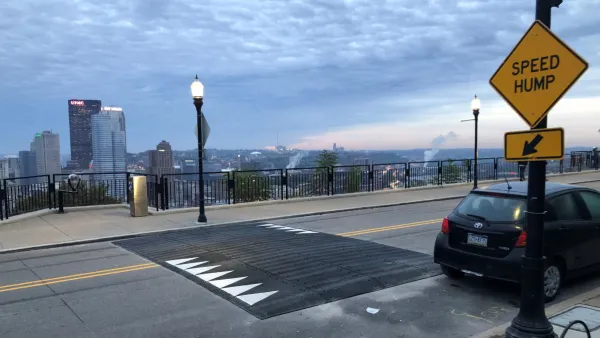The city hopes to combat a growing reckless driving 'crisis' with traffic calming, bike lanes, and other projects aimed at improving roadway safety.

Jeramey Jannene reports on the City of Milwaukee's efforts to eliminate reckless driving, which the acting mayor has called a public safety crisis.
A total of $8.5 million in property tax revenue from four tax incremental (TIF) districts would be allocated to fund traffic calming and safety improvements including protected bike lanes, curb bump-outs, narrower travel lanes, high-impact paving and new pedestrian infrastructure.
The proposal seeks to address rising traffic deaths and reduce dangerous driving behaviors through a variety of traffic calming and safety projects. "It would build on other new initiatives to tackle what is widely viewed as a reckless driving crisis. In 2021, the Common Council allocated $7.15 million from its federal American Rescue Plan Act grant towards projects on 16 corridors, making speed humps free for nearby property owners and lowering the default speed limit from 25 to 20 miles per hour," according to the article. "The proposed projects are located along N. Van Buren St. in Downtown, near the Midtown Center shopping mall on the city’s north side and in the the area around Stadium Business Park and Burnham Park on the city’s south side."
The article details other TIF-funded projects besides street improvements, including a portion of the riverwalk and dockwall and local debt relief.
FULL STORY: City Poised To Use $8.5 Million From TIFs to Combat Reckless Driving

Planetizen Federal Action Tracker
A weekly monitor of how Trump’s orders and actions are impacting planners and planning in America.

Map: Where Senate Republicans Want to Sell Your Public Lands
For public land advocates, the Senate Republicans’ proposal to sell millions of acres of public land in the West is “the biggest fight of their careers.”

Restaurant Patios Were a Pandemic Win — Why Were They so Hard to Keep?
Social distancing requirements and changes in travel patterns prompted cities to pilot new uses for street and sidewalk space. Then it got complicated.

Platform Pilsner: Vancouver Transit Agency Releases... a Beer?
TransLink will receive a portion of every sale of the four-pack.

Toronto Weighs Cheaper Transit, Parking Hikes for Major Events
Special event rates would take effect during large festivals, sports games and concerts to ‘discourage driving, manage congestion and free up space for transit.”

Berlin to Consider Car-Free Zone Larger Than Manhattan
The area bound by the 22-mile Ringbahn would still allow 12 uses of a private automobile per year per person, and several other exemptions.
Urban Design for Planners 1: Software Tools
This six-course series explores essential urban design concepts using open source software and equips planners with the tools they need to participate fully in the urban design process.
Planning for Universal Design
Learn the tools for implementing Universal Design in planning regulations.
Heyer Gruel & Associates PA
JM Goldson LLC
Custer County Colorado
City of Camden Redevelopment Agency
City of Astoria
Transportation Research & Education Center (TREC) at Portland State University
Camden Redevelopment Agency
City of Claremont
Municipality of Princeton (NJ)





























